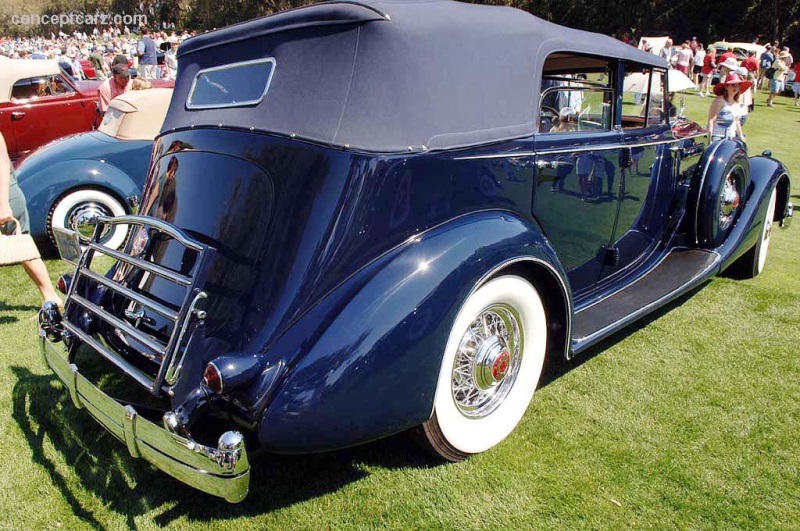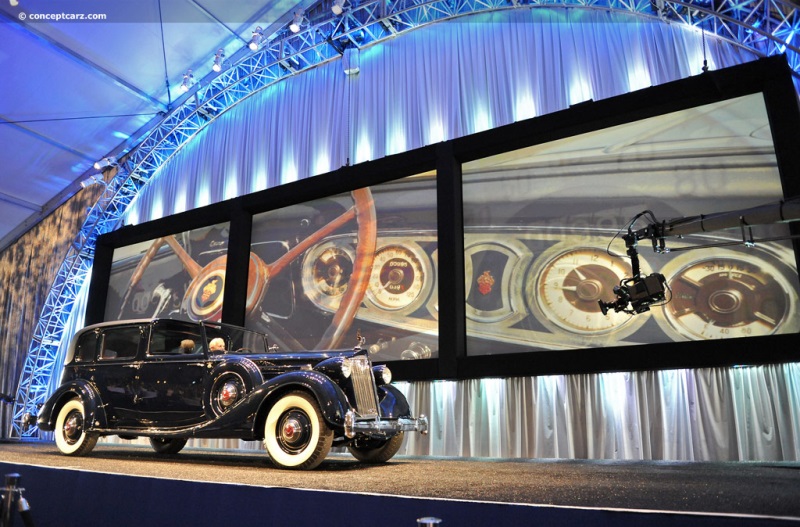The twelve-cylinder Packard was only part of the company's legacy for brief periods of time, but on both occasions, they made profound statements. Some companies switched to eight-cylinder power or very large displacement sizes during the mid-1910s, but Packard went big - introducing its Twin Six model in 1916. It was formed using two cast iron blocks of six and had a displacement size of 424.1 cubic inches, mechanical valve lifters, three main bearings, a Packard pressure-feed carburetor, and 88 horsepower at 2,600 RPM. The inline-6 that preceded the twelve had a 415 CID engine delivering 65 horsepower. The twelve-cylinder engine had twice as many cylinders, a larger displacement, and over twenty more horsepower, making it better suited for the large and stately coachwork on many of the Packard vehicles. Engineering refinements quickly followed the introduction of the twelve-cylinder engine, with detachable cylinder heads introduced in 1917 along with the removal of the thermostat from the block to the upper tank of the radiator. An Improved cylinder head design followed a year later resulting in a slight increase in horsepower and improved breathing. 
Convertible Sedan by Dietrich
View info and historyPackard re-introduced the Single Six (six-cylinder) model in 1921 as a more affordable option than its twelve-cylinder model. This was partly in response to the sharp deflationary recession of 1920 and 1921. Packard's model lineup through most of the Roaring Twenties was six- and eight-cylinder models. With high-quality and attractive products available in various wheelbase sizes and body styles, a solid reputation, and reasonably affordable prices, Packard had its best and most profitable years during the late-1920s. The early 1930s were devastating as the Great Depression crippled the economy, and as most manufacturers were 'down,' Cadillac threw the knock-out punch with the introduction of its sixteen-cylinder model followed a short time later by a twelve-cylinder model. Having done the design and development during the prosperous late-1920s, and with the vast resources of its General Motors parent company, Cadillac's longevity was guaranteed. The rest of the luxury car segment, however, danced to a different fiddle. To compete with Cadillac in the exclusive luxury marketplace, a comparable product was required. This was nearly impossible due to the lack of resources due to the Depression. Packard entered the 1930s in a stable financial position and had the expertise to develop an engine that could rival Cadillacs. Most manufacturers were not as fortunate and were soon out of business, victims of the Depression and the unrelenting pace of progress. 
All Weather Town Car by LeBaron
Engine #: 904533
View info and history
Auction entries : 1Packards twelve-cylinder engine had a 67-degree V-monoblock design with aluminum alloy pistons, four main bearings, a 445.5 cubic-inch displacement, zero lash automatic valve silencers, a Stromberg-Duplex carburetor, and developed 160 horsepower at 3,200 RPM. In comparison, the Cadillac sixteen-cylinder engine (with four additional cylinders which meant it was heavier) displaced 452 cubic inches and produced 165 horsepower. The twelve-cylinder Cadillac had a 368 cubic-inch displacement size and 135 horsepower. The Cadillac Sixteen weighed approximately 6,100 pounds (varied depending on coachwork) and had a horsepower-to-weight ratio of 0.027. The Packard Twin Six (twelve) weighed around 5,400 pounds giving it a horsepower-to-weight ratio of 0.0296. The twelve-cylinder was not as imposing as the sixteen-cylinder unit, but its performance was on par, if not better. The Packard twelve-cylinder model was called the Twin Six in 1932 and then the 'Twelve' for the rest of its production lifespan which lasted through 1939. It was a 'halo' car, priced higher than the rest of the Packard models and produced in exclusive quantities. 549 were built in its inaugural year and fewer than 500 in its final year. 520 were built in 1933, 960 in 1934, and 788 in 1935. 682 examples were built in 1936, 1,300 in 1937, and 566 in 1938. In comparison, the budget-minded Packard One Twenty, introduced in 1935, had nearly 25,000 examples built in its debut year. While the 'junior' models provided Packard with its 'bread-and-butter,' the 'senior' lines provided the company its status, desirability, and reputation. The 1936 Packard Model 1408 Twelve
Packard's twelve-cylinder model of 1936 was offered on a 139.25-inch and 144.5-inch wheelbase platform. The eight-cylinder Super Eight Packard had comparable wheelbase platforms of 139- and 144-inches (the Eight rested on a 127-, 134-, and 139-inch wheelbase), and most of the body styles offered on the twelve were the same offered on the Super Eight.
All Weather Town Car by LeBaron
Chassis #: 14TH1408203
View info and history
Auction entries : 11936 was the final year for Packard's use of Bijur lubrication, semi-elliptic suspension, mechanical brakes, and ride control. Some of these features were used on Twelve, however, braking was handled by mechanical vacuum assist brakes on four wheels. The front suspension used a beam axle with semi-elliptical leaf springs and shock absorbers while the rear employed a live axle with semi-elliptical leaf springs and shock absorbers. The 473 cubic-inch twelve-cylinder engine had four main bearings, a Stromberg-Duplex carburetor, a standard 6.0:1 compression ratio, and delivered 175 bhp at 3,200 RPM. With a higher compression setting of 7.0:1, horsepower rose to 180 bhp. The engine was backed by a three-speed selective synchromesh transmission with a single plate clutch and floor shift controls. A selection of gear ratios was available with the 4.41:1 being standard, and the 4.06:1, 4.69:1, and 5.07:1 being optional. Since the body style catalog for the Eight, Super Eight, and Twelve were identical, the styling changes made to the eight-cylinder models were incorporated into the twelve. Among the few changes that were made for 1936 was a five-degree greater slope to the radiator, similar changes made to the front fenders, and chrome strip ribs added to the headlights. Mechanical changes were equally minimal, with the engine receiving a conventionally designed oil temperature regulator. 
Convertible Sedan by Dietrich
View info and historyThe Packard Super Eight was priced from $2,990 to $4,000. (The custom LeBaron coachwork was even higher at nearly $6,000). The Packard Twelve pricing began at $3,850 and quickly rose into the $4,000 and $5,000 range. Body styles on the 'shorter' 139-inch wheelbase included a coupe roadster priced at $3,850, a phaeton at $4,190, a sport phaeton at $4,490, a rumble seat coupe and club sedan at $3,990, a sedan at $3,960, formal sedan at $4,550, and an all-weather Cabriolet by Lebaron at $6,290. LeBaron clothed approximately twenty-four examples of the 1407 (Style L-294) and 1408 (Style L-295) chassis with the All-Weather Town Cabriolet coachwork. Bodystyles on the Packard Twelve 1408, with a wheelbase size of 144-inches, included a seven-passenger tourer priced at $4,490, a convertible sedan at $5,050, a seven-passenger sedan at $4,285, a limousine at $4,485, and the All-Weather Cabriolet by LeBaron at $6,435. Most of Packard's customers selected the One Twenty with (in its second year) 55,042 examples sold. 3,973 examples of the Packard Eight were sold and 1,330 of the Super Eight. The 682 examples of the Packard Twelve built in 1936 represented just one percent of the company's overall production. Although this number was not significant, it was much higher than the 52 examples of the Cadillac Sixteen but less than the 901 examples of the Cadillac Twelve. 
Convertible Sedan by Dietrich
View info and historyThe Packard Twelve did not make it out of the 1930s, relegated to the history books in 1939. Due to the limited production figures, the stately coachwork, and mechanical prowess, the twelve-cylinder Packard ranked among the most collectible and desirable vehicles of the 1930s.
by Daniel Vaughan | May 2021
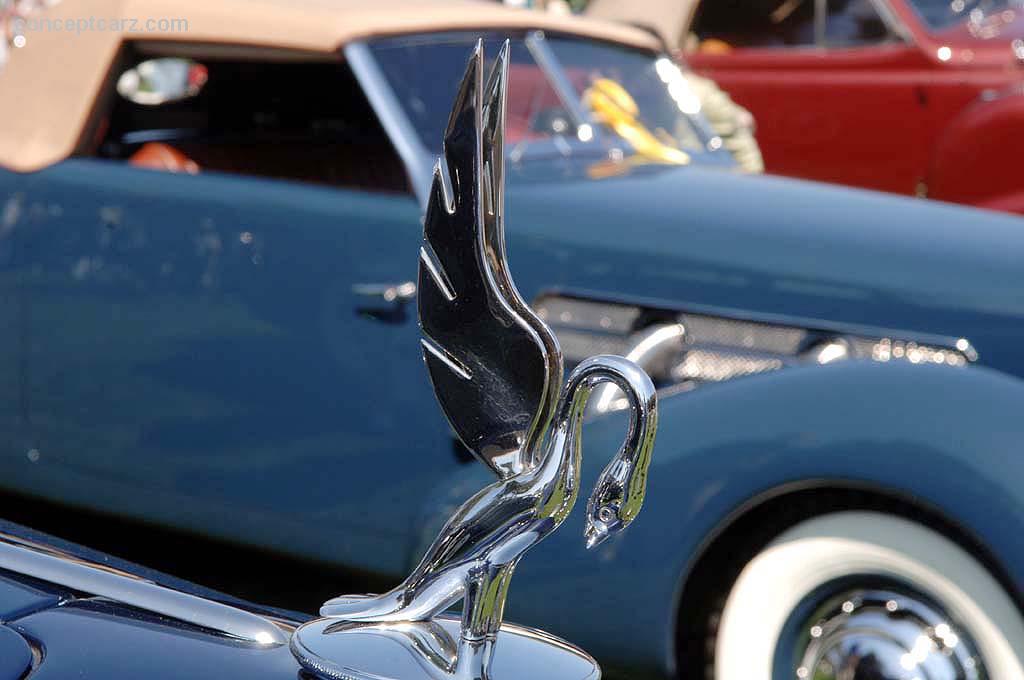
Convertible Sedan by Dietrich
View info and history
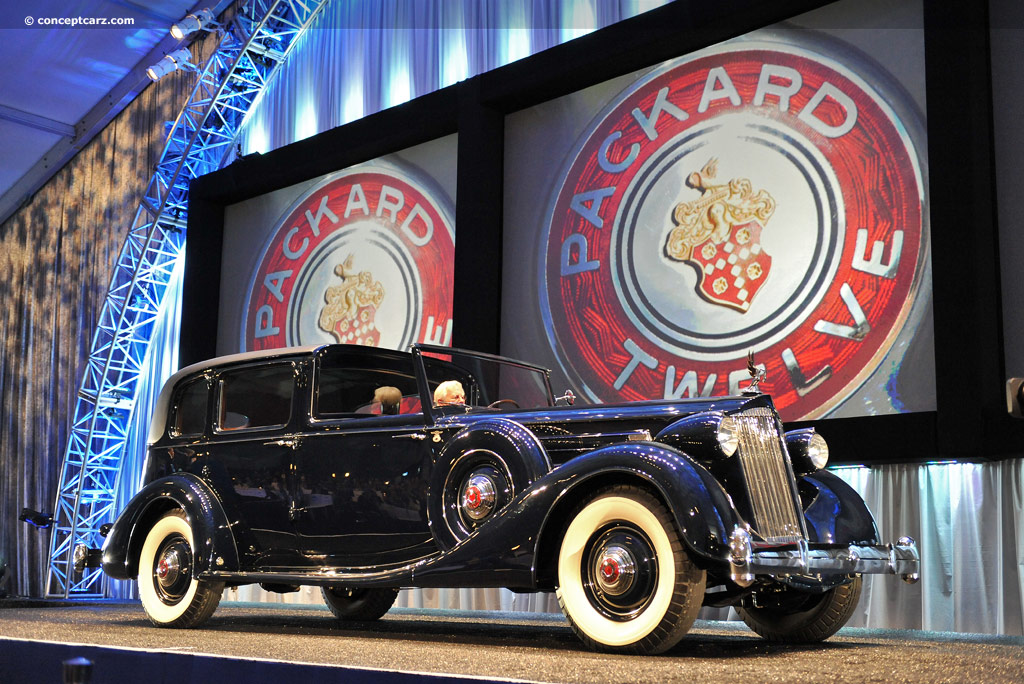
All Weather Town Car by LeBaron
Engine #: 904533
View info and history
Auction entries : 1
Packard's twelve-cylinder model of 1936 was offered on a 139.25-inch and 144.5-inch wheelbase platform. The eight-cylinder Super Eight Packard had comparable wheelbase platforms of 139- and 144-inches (the Eight rested on a 127-, 134-, and 139-inch wheelbase), and most of the body styles offered on the twelve were the same offered on the Super Eight.
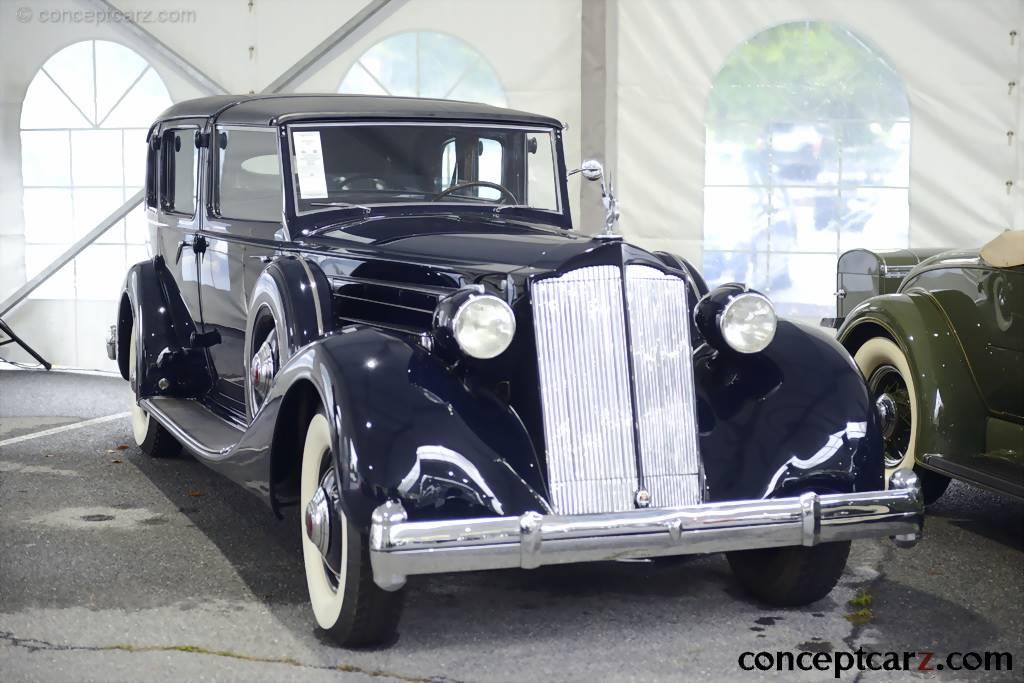
All Weather Town Car by LeBaron
Chassis #: 14TH1408203
View info and history
Auction entries : 1

Convertible Sedan by Dietrich
View info and history
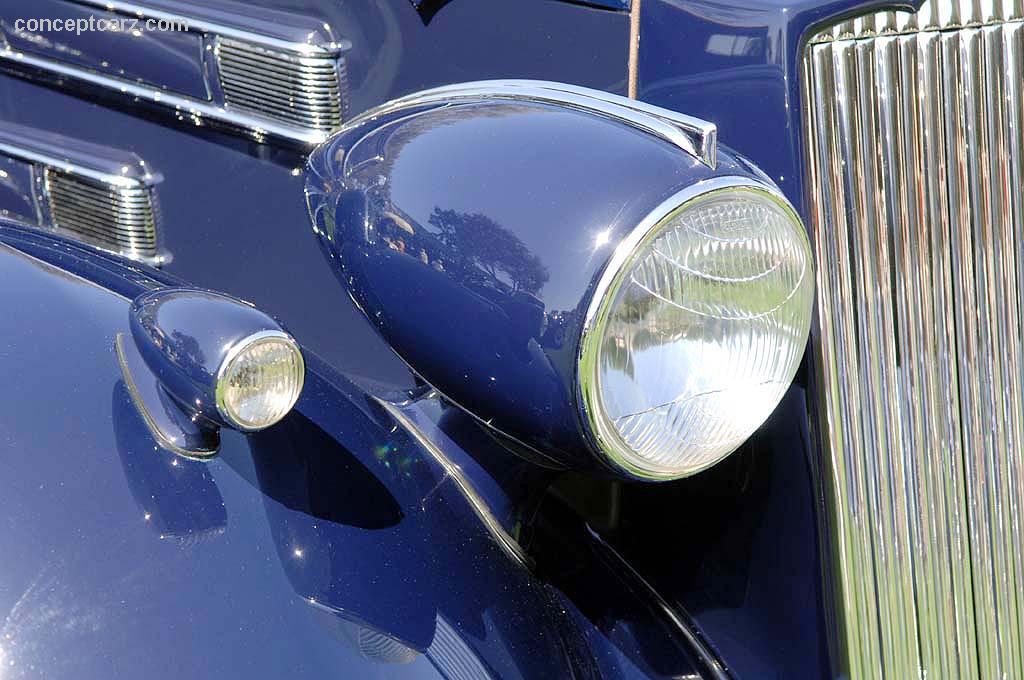
Convertible Sedan by Dietrich
View info and history
by Daniel Vaughan | May 2021
Related Reading : Packard Twelve History
The Packard Twelve was produced from 1933 to 1939 with over 35,000 examples produced. It is considered by many to be one of the finest automobiles produced by Packard and one of the most significant creations of the classic car era. The long and flowing front hood hid a 445 cubic-inch side-valve twelve-cylinder engine that was refined, powerful, smooth, and quiet. The engine was originally destined....
Continue Reading >>
Continue Reading >>
Similar Automakers
1936 Packard Model 1408 Twelve Vehicle Profiles
Recent Vehicle Additions
Performance and Specification Comparison
Price Comparison
$995 - $1,400
$2,470 - $5,400
$2,560 - $5,240
$2,900 - $5,820
$3,690 - $4,010
$3,800 - $6,300
Twelve Fourteenth Series Specification Comparison by Year
Year
Production
Wheelbase
Engine
Prices
Related Automotive News

The Don Williams Collection of Stunning Pre-War Classics, Including 1937 Mercedes-Benz 540K, Will be Offered with No Reserve During Barrett-Jackson's 2024 Scottsdale Auction
Barrett-Jackson, The Worlds Greatest Collector Car Auctions, will offer seven stunning classic vehicles from the Don Williams Collection during the 2024 Scottsdale Auction held January 20-28 at WestWorld of Scottsdale. Each premium vehicle...

BARRETT-JACKSON'S 43RD ANNUAL SCOTTSDALE AUCTION PROVES TO BE THE MOST SUCCESSFUL IN COMPANY HISTORY, EXCEEDING $113 MILLION
Barrett-Jackson Hosted Top-Tier Celebrities, Auto Legends, Auctioned the Worlds Most Sought-After Blue Chip Vehicles, Awarded Two Guinness World Records and Set World Records for Rare Corvettes and Thunderbird
HIGHLIGHTS
1399 car...

BARRETT-JACKSON'S SCOTTSDALE 2014 SALON COLLECTION TO OFFER DIVERSE DOCKET OF WORLD'S MOST SOUGHT-AFTER COLLECTIBLES
Rare and Desirable Vehicles Plus One Fully-Operational Carousel Will Cross the Auction Block at Companys Monumental Scottsdale Auction, Jan. 12-19, 2014
SCOTTSDALE, ARIZ. (Dec. 18, 2013) – Barrett-Jackson, The Worlds Greatest Collector...
BARRETT-JACKSON'S SCOTTSDALE 2014 SALON COLLECTION TO OFFER DIVERSE DOCKET OF WORLD'S MOST SOUGHT-AFTER COLLECTIBLES
Rare and Desirable Vehicles Plus One Fully-Operational Carousel Will Cross the Auction Block at Companys Monumental Scottsdale Auction, Jan. 12-19, 2014
SCOTTSDALE, ARIZ. (Dec. 18, 2013) – Barrett-Jackson, The Worlds Greatest Collector...

Gooding & Company Celebrates 10th Anniversary as Global Appreciation of Cars Push Markets to New High in 2013
SANTA MONICA, Calif. (November 11, 2013) – The mystique of collectable cars continues to expand enthusiasm and buyer participation around the globe. In 2013, Gooding %26 Company, the auction house acclaimed for selling the worlds most significant...



















